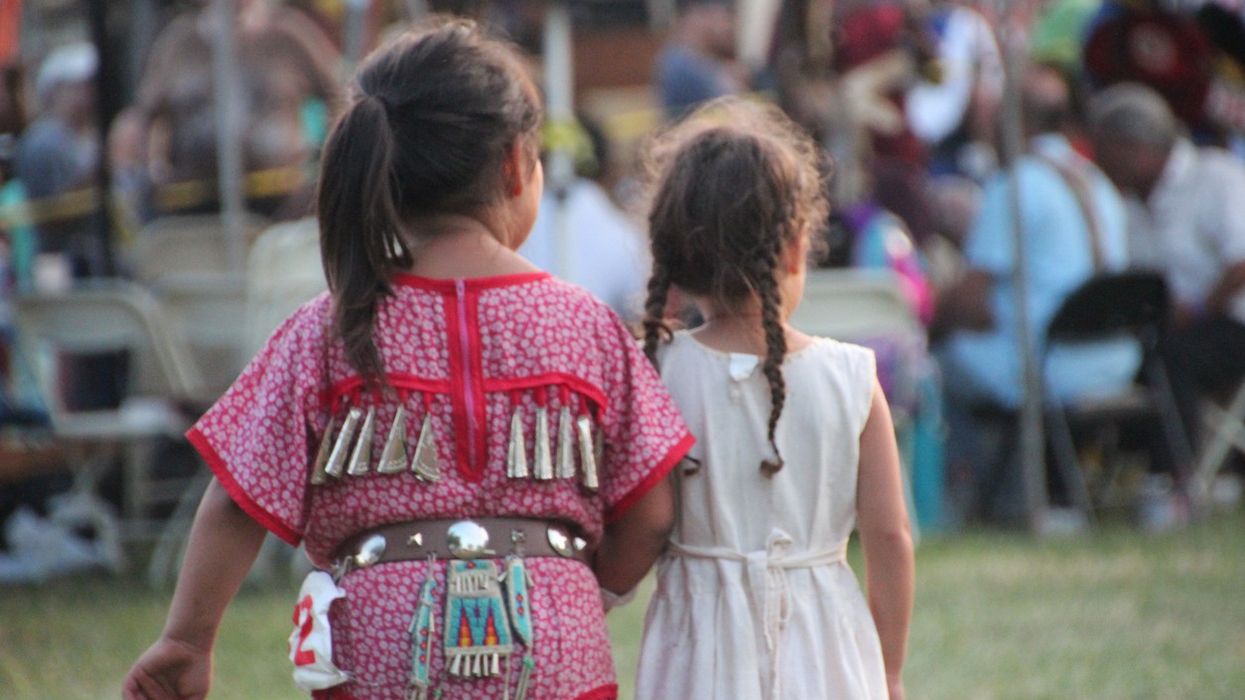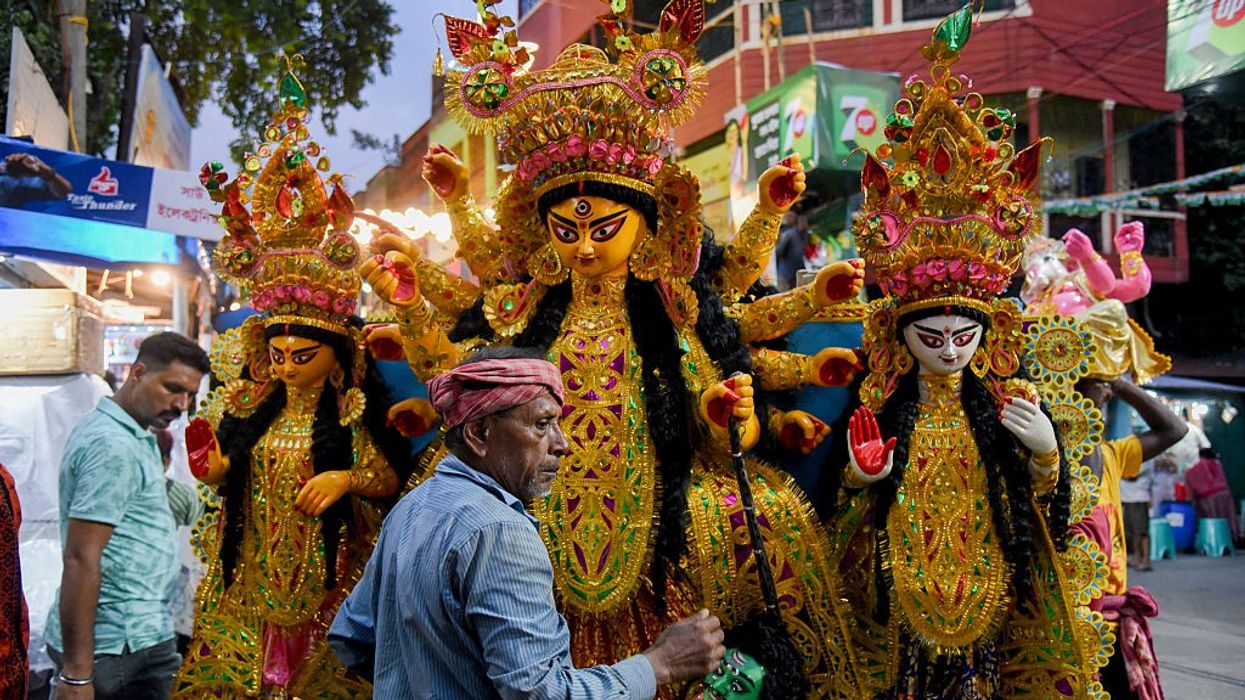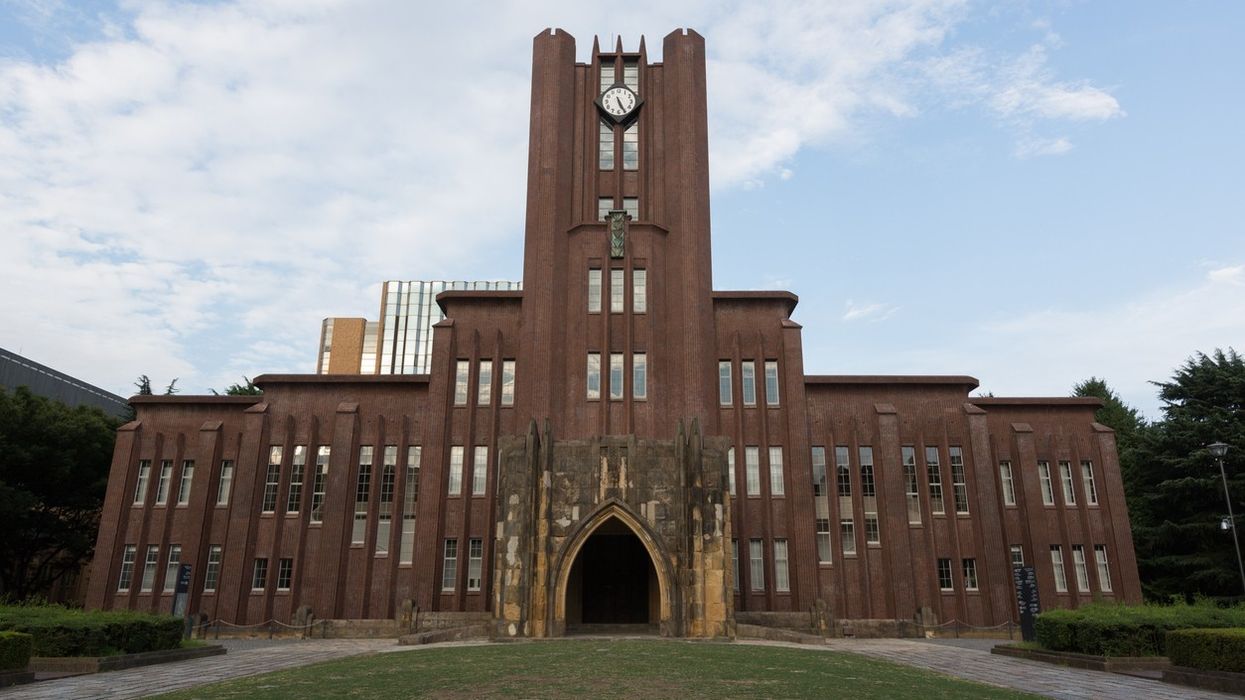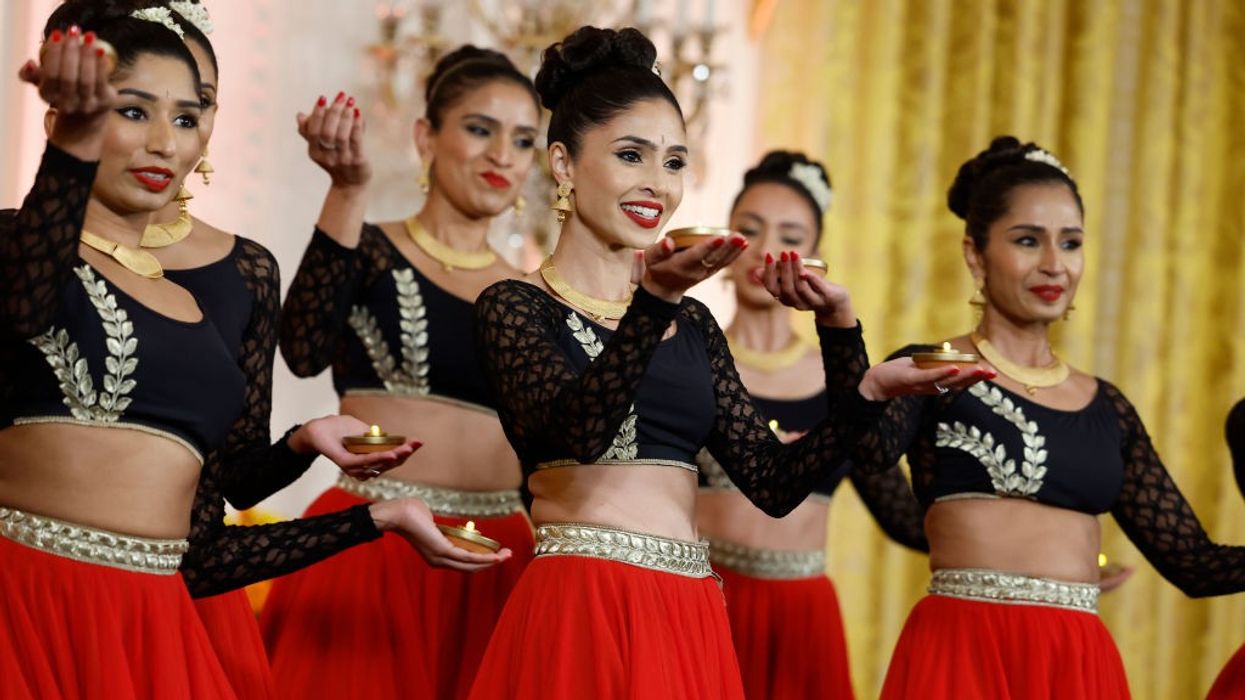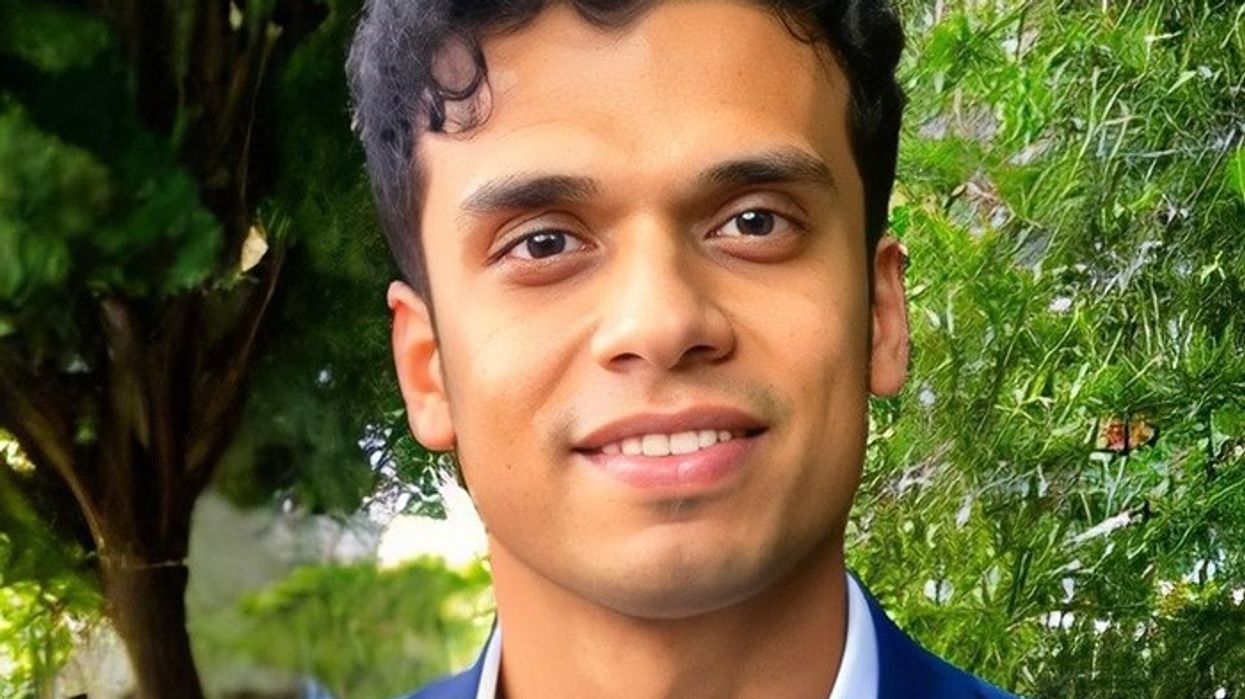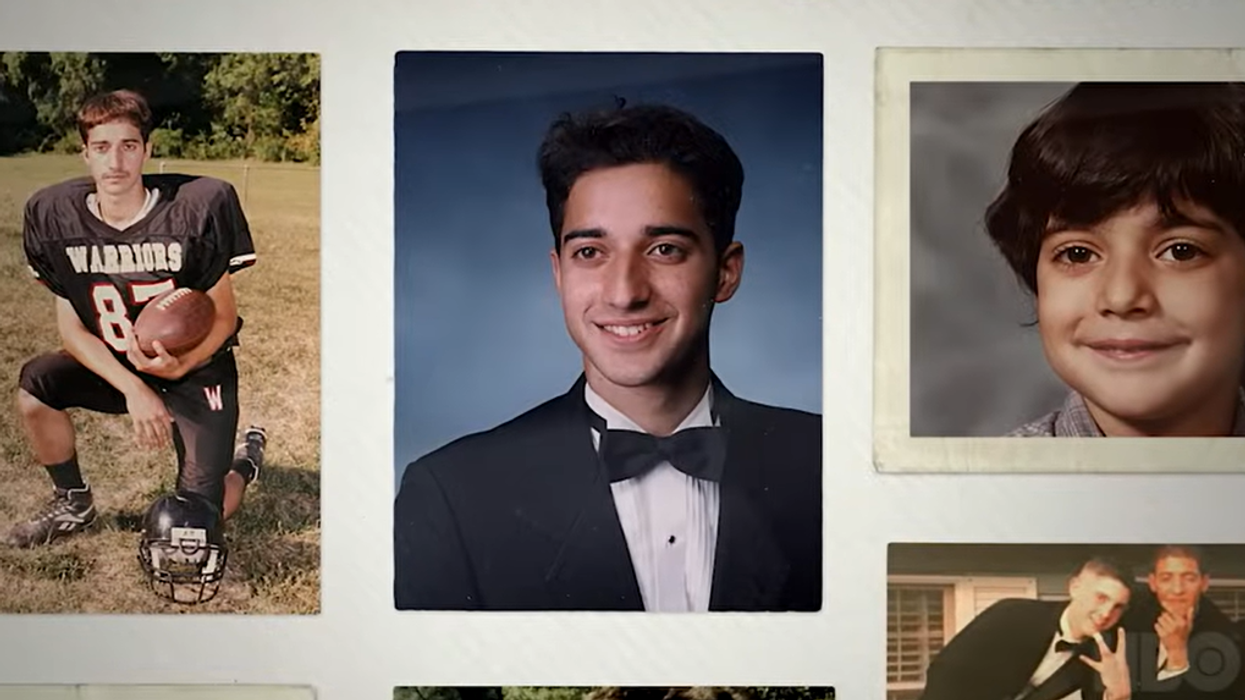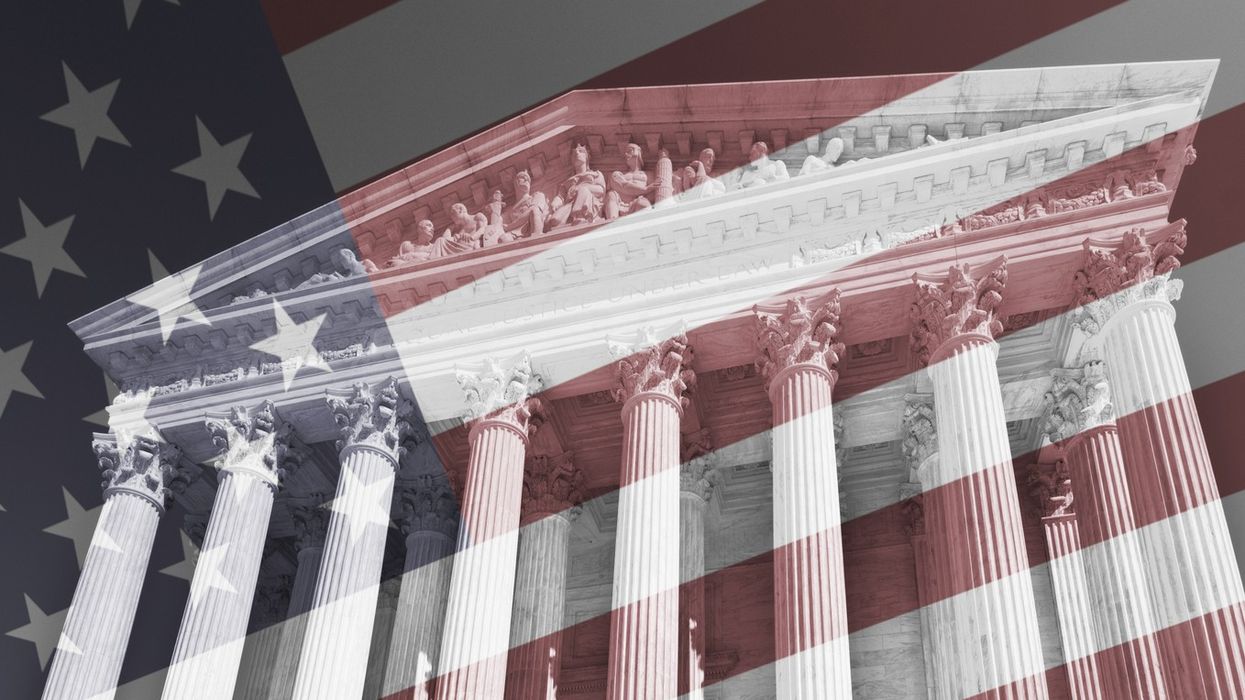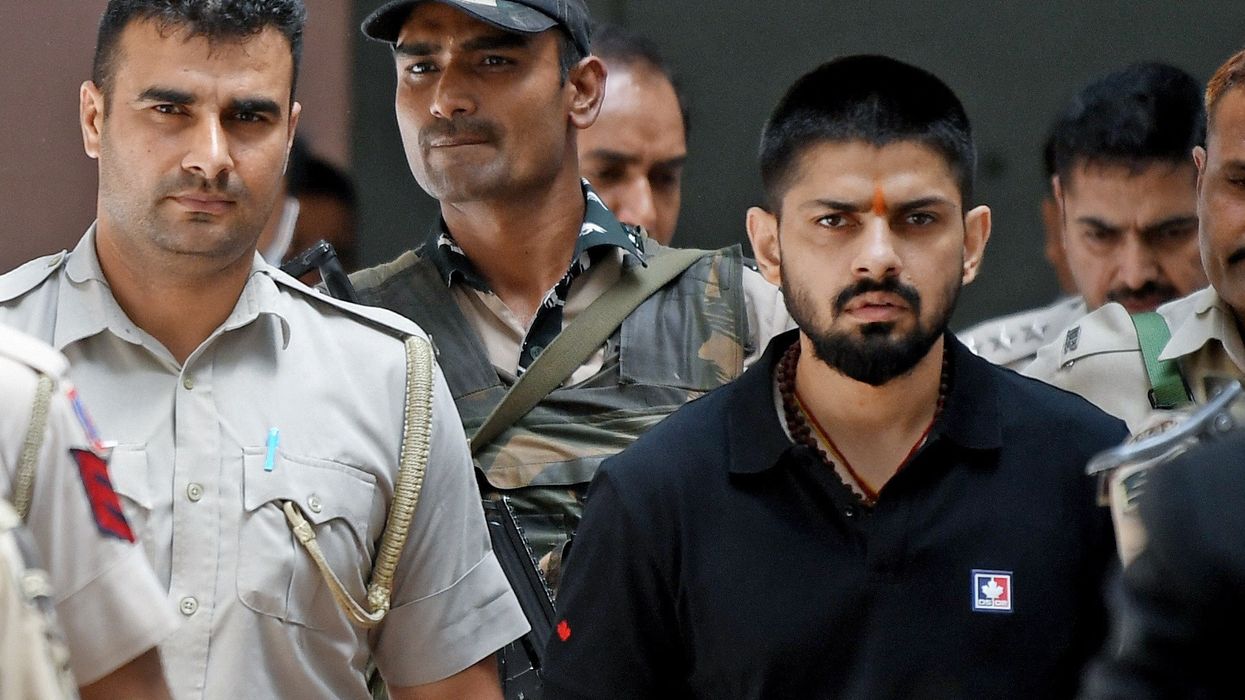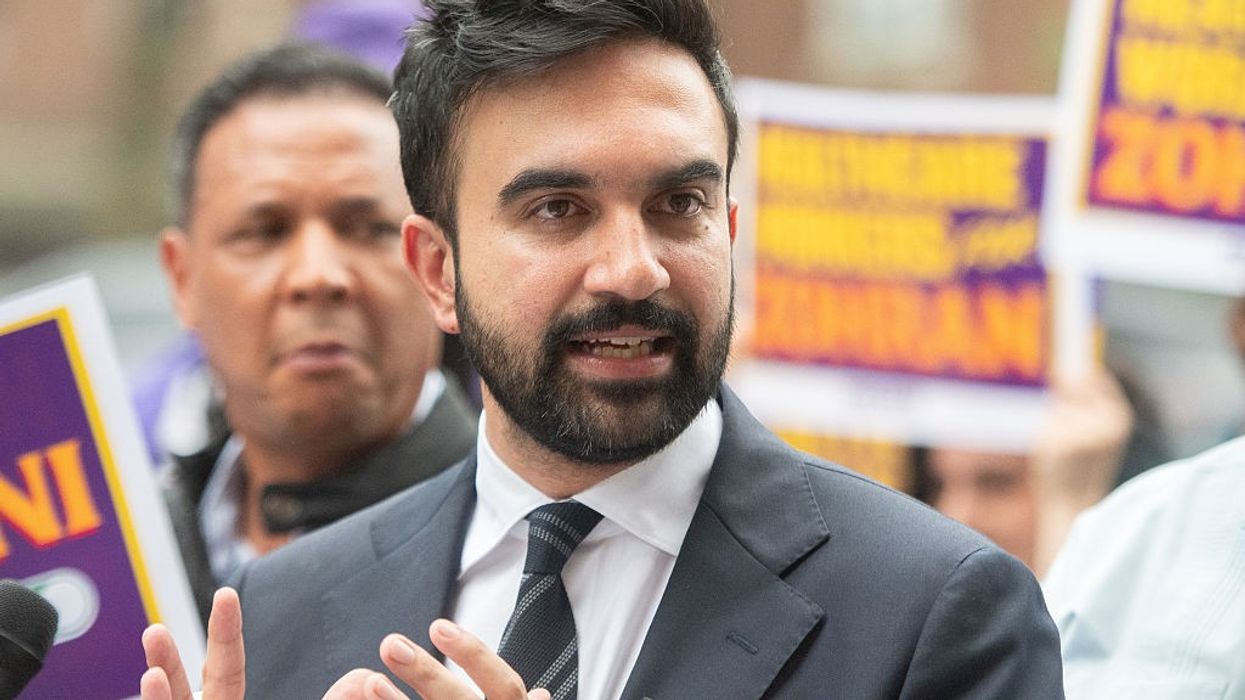Highlights:
Donald Trump's recent moves to tighten immigration rules and make visa access costlier are being promoted as efforts to 'bring back American jobs' and reduce reliance on foreign workers. But for many, these sweeping policies echo deeper history, especially one where America's first people, the Native American communities, were subjected to state-driven systems designed to erase their identity and deny them opportunity.
Long before debates about immigrants taking jobs, Native American children were stripped from their homes and sent to boarding schools run by the US government. From 1819 to 1969, more than 400 such schools operated, many with the explicit goal to 'kill the Indian...save the man.'
Separation from parents
“When I went to boarding school, I was 7,” said Ramona Klein, recalling her time at the Fort Totten Indian Industrial School in North Dakota between 1954 and 1958. “My parents didn’t see me — other than a little while during the summer — for four years. Some parents didn’t see their children for 12 years.”
Klein, who is now 78 and a citizen of the Turtle Mountain Band of Chippewa Indians, shared a story this month in Washington D.C., during a vigil marking Orange Shirt Day, a day of remembrance for Indigenous children who suffered and died in schools. “There was physical abuse, sexual abuse, emotional abuse, academic abuse, intellectual abuse and neglect,” she said. “If I didn’t start healing, it would impact my children and my grandchildren.”
According to a US Interior Department investigation, of more than 60,000 Native children who attended federal boarding schools, at least 973 died. Survivors recall lives defined by isolation, violence, and a systematic attempt to strip away to culture.
“This was a genocide. We survived, we are resilient,” said Nani Mahkuk-Guaman, a student leader at the University of Minnesota Morris, a campus that once housed a boarding school from 1887 to 1909. For her, honoring survivors is a way of “creating happy memories in a place where students didn’t experience happiness.”
Orange shirt as a rememberance
The orange shirts worn on Tuesday (30) commemorate Phyllis Webstad of the Stswecem'c Xget'tem First Nation, whose bright orange shirt was confiscated on her first day at a Canadian boarding school. Today, her story has become a symbol of resistance and remembrance.
For decades, the horrors of these schools have remained hidden. Only in 2022 did the U.S. government formally acknowledge its responsibility. Survivors like Klein insist their stories must be told. “If we don’t remember what happened, it’s going to get lost,” she said. “I’m closer to the end of life than the beginning of life, so I have to get busy. I have to stay busy so that it’s not forgotten. … We remember all of the survivors, all of the kids who didn’t go home.”
As America enforces stricter immigration and visa policies under Trump’s banner of protecting jobs, the painful memories of how the nation once treated its first people stand as a reminder: harsh government measures aimed at controlling communities are not new.
